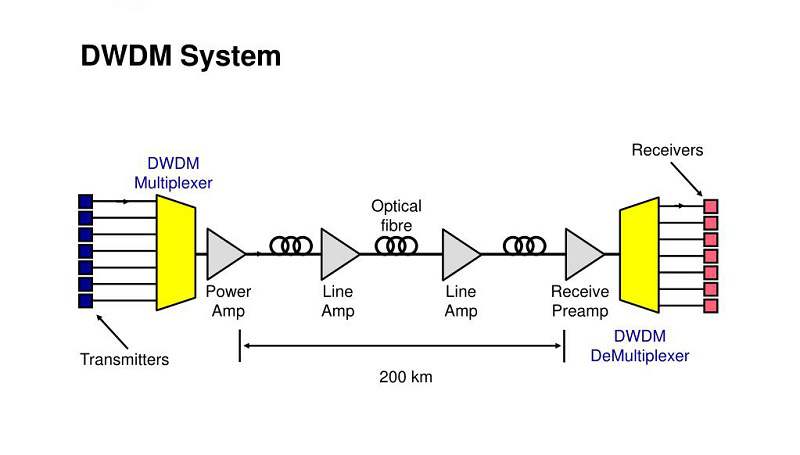
DWDM systems rely on a series of precise optoelectronic devices and technologies, whose performance directly determines the transmission capacity and quality of the entire system. The following are several key components and technologies within DWDM systems.
Light Source and Wavelength Conversion Technology
Light sources for DWDM systems must possess high stability and precise wavelength characteristics to ensure no interference occurs between different channels. Early DWDM systems used Distributed Feedback Laser Diodes (DFB-LDs). With technological advancements, externally modulated lasers have gradually become mainstream, offering narrower linewidths and more stable wavelength properties.
The Wavelength Conversion Unit (OTU) is a core component of open DWDM systems. It performs the critical task of converting "gray light" (optical signals compliant with standards like G.957) from client-side equipment (such as SDH systems or routers) into "colored light" (optical signals of specific wavelengths compliant with the G.692 standard). Through an optical-electrical-optical (O/E/O) conversion process, the OTU regenerates, reshapes, and retimes the signal (3R functionality), ensuring that the optical signal entering the WDM system meets specification requirements.
Optical Amplifier Technology
Optical amplifiers are essential key components in DWDM systems. Their advent made long-distance, high-capacity optical communication possible. Common types of optical amplifiers used in DWDM systems include:
●Erbium-Doped Fiber Amplifier (EDFA): Operates in the 1530nm–1565nm band (C-band). By doping a section of fiber with erbium ions and using pump lasers at appropriate wavelengths, it achieves direct amplification of the optical signal. EDFAs feature high gain, high output power, and a relatively broad bandwidth, allowing them to amplify multiple wavelength signals simultaneously. They are the most commonly used amplifier type in DWDM systems.
●Raman Amplifier: Based on the stimulated Raman scattering effect, it achieves distributed amplification by injecting high-power pump lasers into the transmission fiber. Raman amplifiers offer low-noise characteristics, which can extend the system's transmission distance. They are often used in combination with EDFAs to form hybrid amplification systems, further enhancing system performance.
In DWDM systems, depending on their placement and function, optical amplifiers can be classified as:
●Booster Amplifier (BA): Located at the transmitting end, used to boost the output power of the multiplexed multi-wavelength optical signal.
●Line Amplifier (LA): Placed within the transmission link, used to compensate for line transmission loss.
●Pre-Amplifier (PA): Located at the receiving end, used to improve receiver sensitivity.
Optical Multiplexing/Demultiplexing Technology
Optical Multiplexers and Demultiplexers are key passive components in DWDM systems, located at the transmitting and receiving ends, respectively. The Optical Multiplexer combines optical signals of different wavelengths into a single fiber for transmission, while the Optical Demultiplexer separates the received composite optical signal into different output ports based on wavelength.
Commonly used optical WDM multiplexers/demultiplexers include Arrayed Waveguide Grating (AWG), Thin-Film Filter (TFF), and Fiber Bragg Grating (FBG). As channel spacing becomes increasingly narrower (from 100GHz to 50GHz and even less), the performance requirements for these devices are becoming more stringent. For systems with 80 channels or more, Interleaver devices or Wavelength Selective Switch (WSS) technology are typically employed to separate signals into different bands (e.g., based on odd/even wavelengths) for processing.
Optical Supervisory Channel (OSC)
DWDM systems utilize an independent Optical Supervisory Channel (typically using the 1510nm wavelength at a rate of 2 Mb/s) to carry network management, service communication, and monitoring information. The OSC serves as the carrier for operations, administration, and maintenance (OAM) information in a DWDM system, forming a relatively independent subsystem. It transmits OAM information for the optical channel layer, optical multiplex section layer, and optical transmission section layer, providing service communication links and user channels. The primary subsystem functions of the OSC include: OSC channel transmission and reception, clock recovery and regeneration, reception of external clock signals, OSC channel fault detection and handling, performance monitoring, CMI encoding/decoding, OSC frame alignment and framing processing, and supervision information processing.
 TEL:+86 158 1857 3751
TEL:+86 158 1857 3751 
















































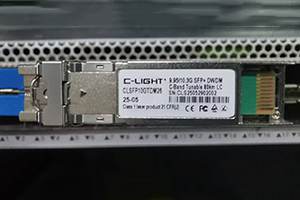

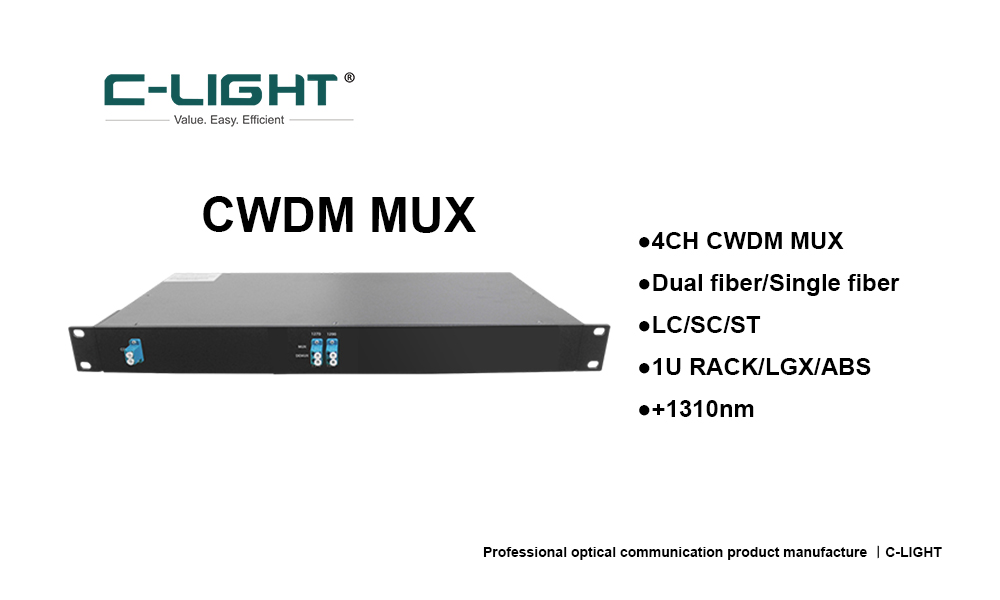




 >
>
 >
>
 >
>
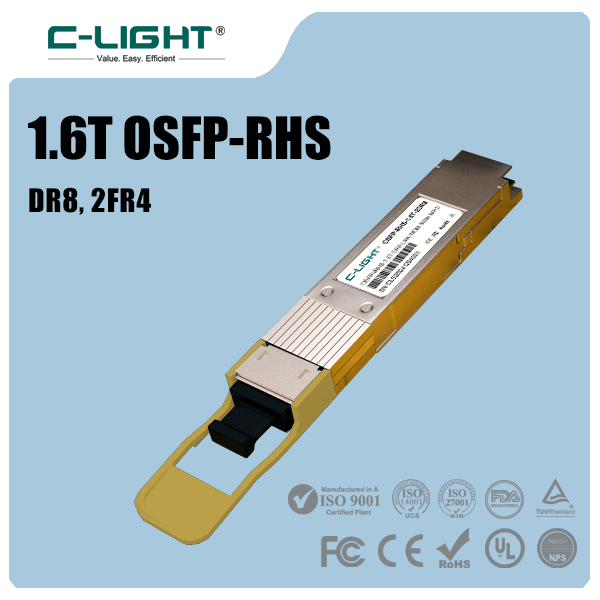 >
>
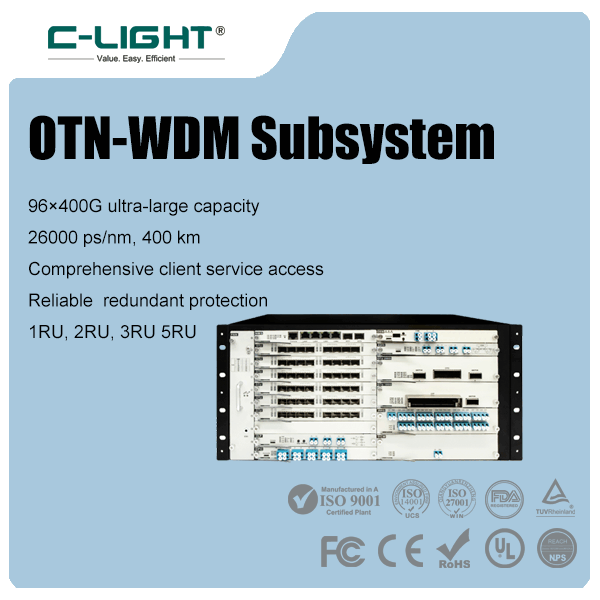 >
>
 >
>
